A gorgeous white horse with flowing mane, poised and alert in a rocky landscape next to a watchful lion, is an extraordinary study of suppressed tension. A wistful North American moose, a herd animal living on its own on the Duke of Richmond’s estate; a monkey about to eat a crab apple – these are some of the subjects depicted by that artist of genius, the Liverpudlian George Stubbs (1724-1806).
His father was a currier (leather worker) and the young Stubbs worked as such until he was 16, ensuring an early familiarity with animal anatomy. He went on to study anatomy at York County Hospital and was a self-taught artist, his first substantial body of work the illustrations for Dr Burton’s midwifery textbook.
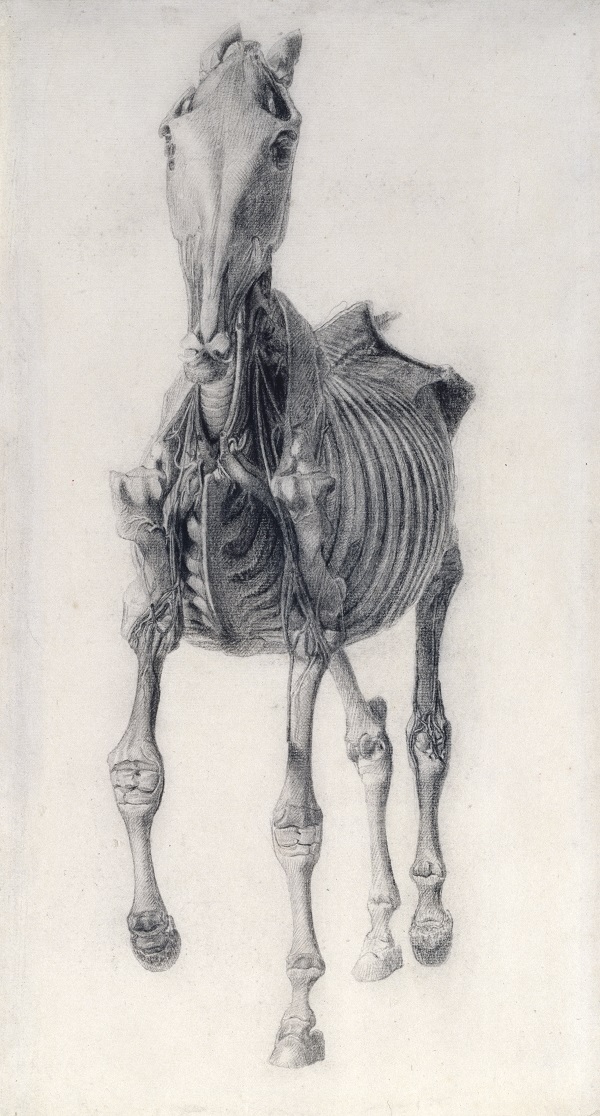 Stubbs was as much scientist as artist and is now best known for conversation pieces about the upper classes on their estates, accompanied by servants, carriages and the inevitable horses. Then there are his studies of horses, often framed by grooms and owners, the scene unfolding in the landscaped park settings inhabited by the animals bred to race by the aristocracy.
Stubbs was as much scientist as artist and is now best known for conversation pieces about the upper classes on their estates, accompanied by servants, carriages and the inevitable horses. Then there are his studies of horses, often framed by grooms and owners, the scene unfolding in the landscaped park settings inhabited by the animals bred to race by the aristocracy.
Occasionally the magnificence of the thoroughbred was such that the animal was almost suspended in space without any context of human entourage or cultivated landscape: the National Gallery’s rearing Whistlejacket, 1762, or another 1762 masterpiece, a frieze of poised and posed Mares and Foals. They reveal the same attention to individual character and physicality as any human portrait.
These commissions came from the upper classes, and would allow Stubbs access to even more exotic subjects. For it was a time when everything from Arabian bloodstock to plants were being imported to England as the empire expanded. Those rich enough to do so set up private zoos, although they were often careless or ignorant of the appropriate care of their imports.
And there was Stubbs, ready to turn his brush to individual specimens, as well as the depiction of animals in a wilderness he never could have seen. He was a gifted printmaker (21 are currently attributed to him) as well as illustrator, the subjects almost invariably animals. Intense study was essential to his depictions: he was the author of the astonishing Anatomy of the Horse, published in 1766, for which he had spent 18 months living in Lincolnshire, examining and dissecting equine specimens, and visually distilling his investigations into mesmerising drawings (pictured above right: Finished study for 'Anatomy of the Horse': 10th anatomical table, 1756-8).
This passion for reality, for structure and musculature, was transferred to his paintings of other animals, although sometimes in settings of the artist’s devising – imaginative suggestions of exotic landscape. The Holburne’s small and choice showing is the first to concentrate on Stubbs’ depiction of animals imagined in the wild, and is a delight: a painted menagerie.
He was particularly attracted to wild cats, which were being imported from India: fearsome, graceful, and approachable to an extent because of elements of shared behaviour with the domestic cat. Feline play between young cats in Tygers at Play, 1776 (actually leopards) suggests that pause when the hubbub of youthful carry-on between siblings could turn aggressive, as the animals gaze out at us from a tropical landscape setting. A Den of Lions, 1772, is also based on careful observation: the reclining female seems to growl at the approach of her handsome male partner, the whole interaction observed from another lion resting on a rock ledge above (pictured below: Reclining Leopard, 1778).
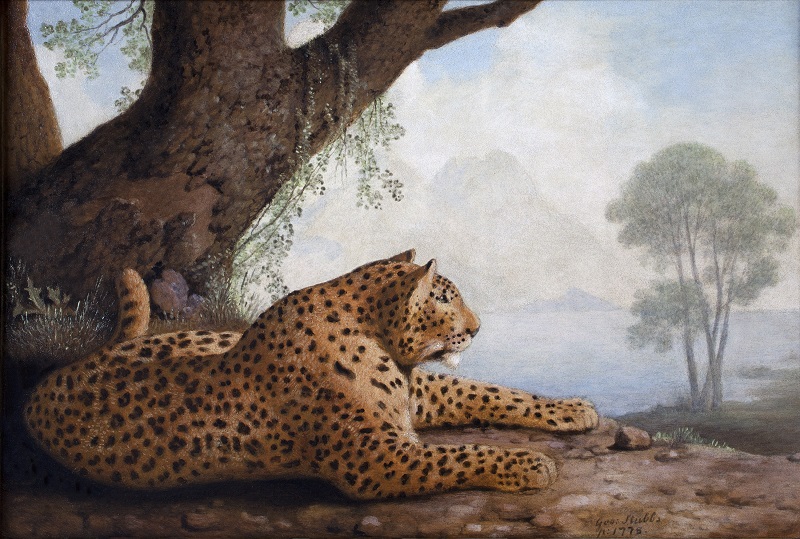 More familiar is his Red Deer: A Buck and a Doe, 1792, the stag complete with a fine set of antlers looking back at his demure female who is carefully following him as they emerge from the woods. A fence cuts off the grassland; this couple belongs to a captive herd.
More familiar is his Red Deer: A Buck and a Doe, 1792, the stag complete with a fine set of antlers looking back at his demure female who is carefully following him as they emerge from the woods. A fence cuts off the grassland; this couple belongs to a captive herd.
Stubbs applied a sense of scientific exploration and discovery to his art, and he experimented with Josiah Wedgwood to see if enamel paintings on ceramic – bright and robust – could be made commercially viable. These were not a market success, but several notable examples focusing on the great cats which so absorbed his attention are also on view.
This informative exhibition is a distillation of the fervour for exploration of all kinds that was so characteristic of the 18th century: geographical expeditions brought their discoveries back home. It is our luck that on hand was one of Britain’s greatest artists, already patronised by the upper classes, who could so deftly go beyond any stereotype. Stubbs’s memorable depictions are subtly enhanced by his sense of the complex relationships between humans and the animal world: tamed and untamed. Here is cultural history presented in a sequence of unforgettable images.
- Stubbs and the Wild at The Holburne Museum, Bath until 2 October
- Read more visual arts reviews on theartsdesk

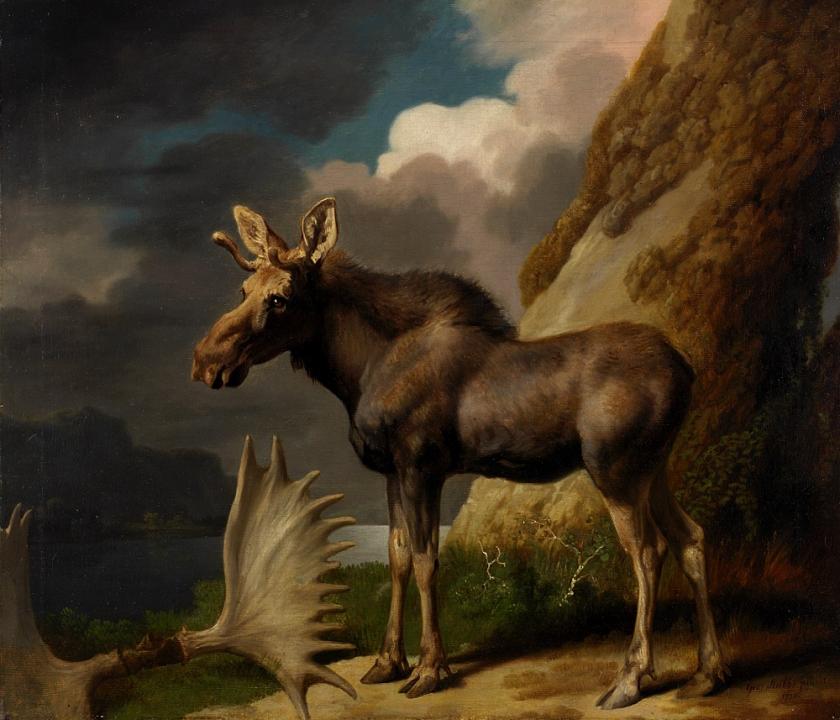

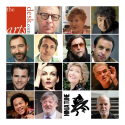

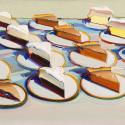


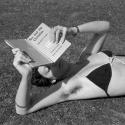
![SEX MONEY RACE RELIGION [2016] by Gilbert and George. Installation shot of Gilbert & George 21ST CENTURY PICTURES Hayward Gallery](/sites/default/files/styles/thumbnail_125_x_125_/public/mastimages/Gilbert%20%26%20George_%2021ST%20CENTURY%20PICTURES.%20SEX%20MONEY%20RACE%20RELIGION%20%5B2016%5D.%20Photo_%20Mark%20Blower.%20Courtesy%20of%20the%20Gilbert%20%26%20George%20and%20the%20Hayward%20Gallery._0.jpg?itok=3oW-Y84i)
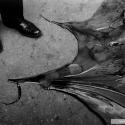
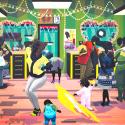
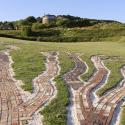
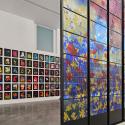
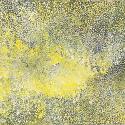
Add comment